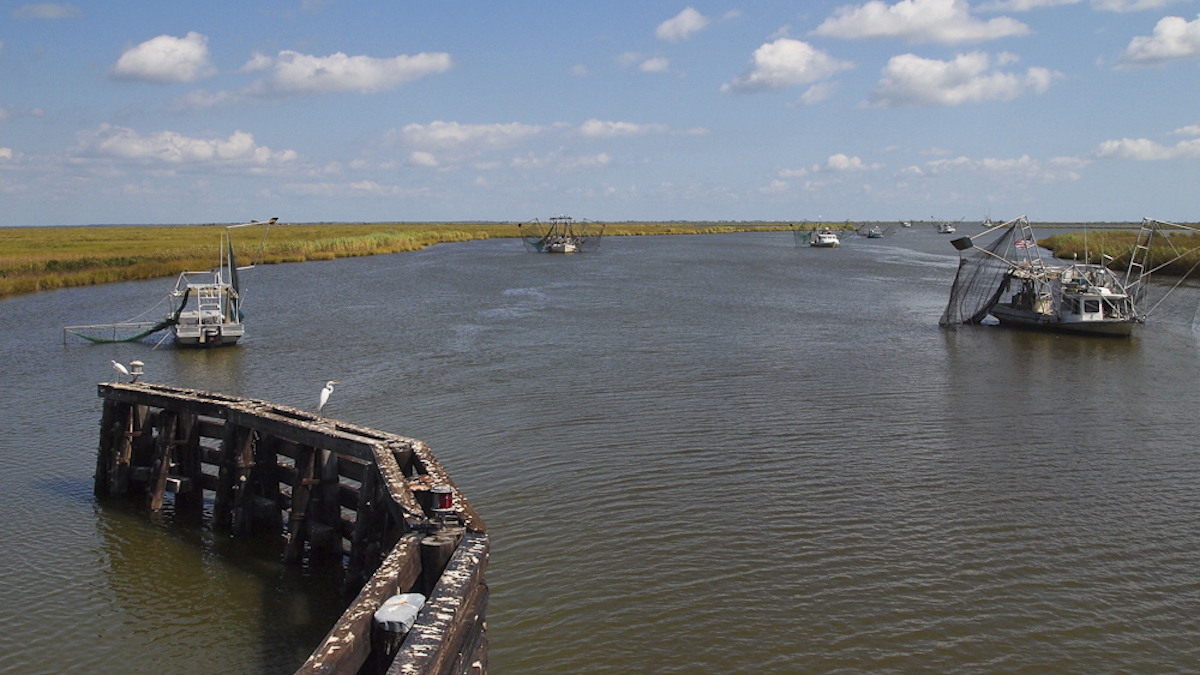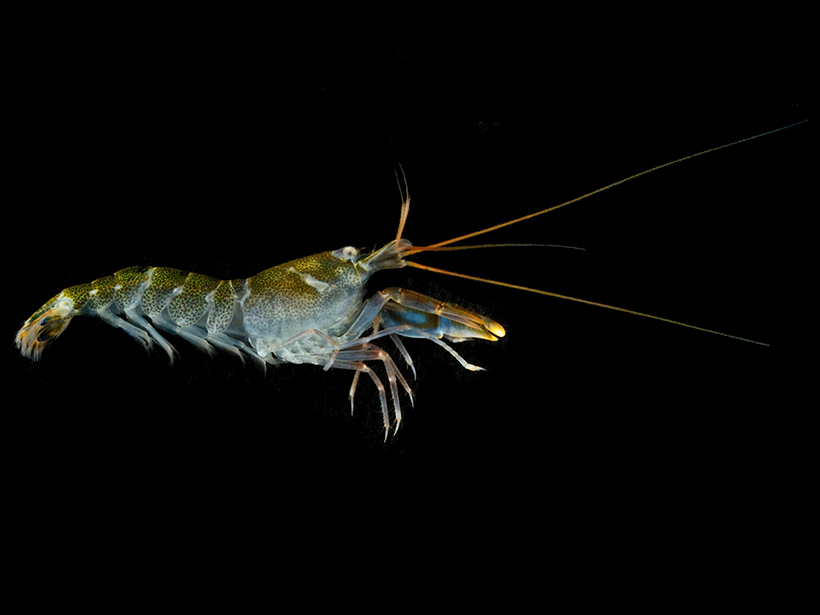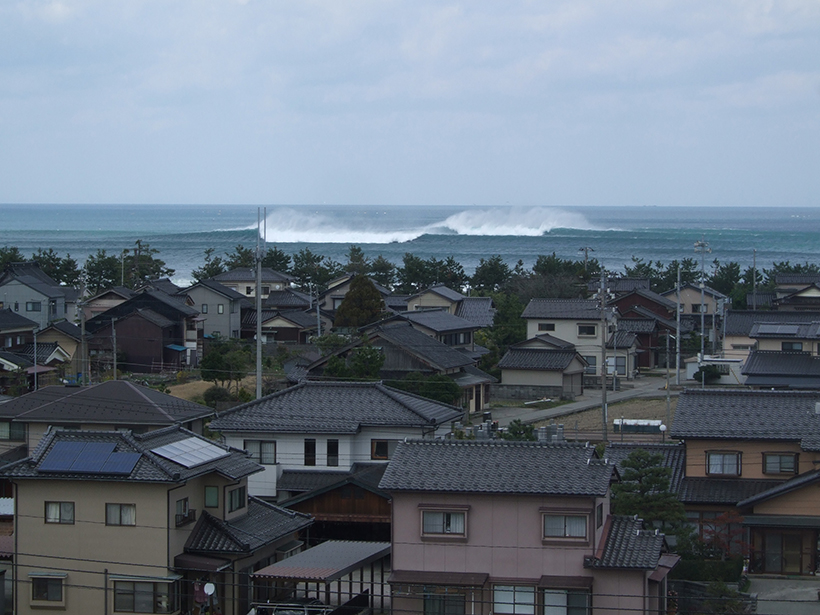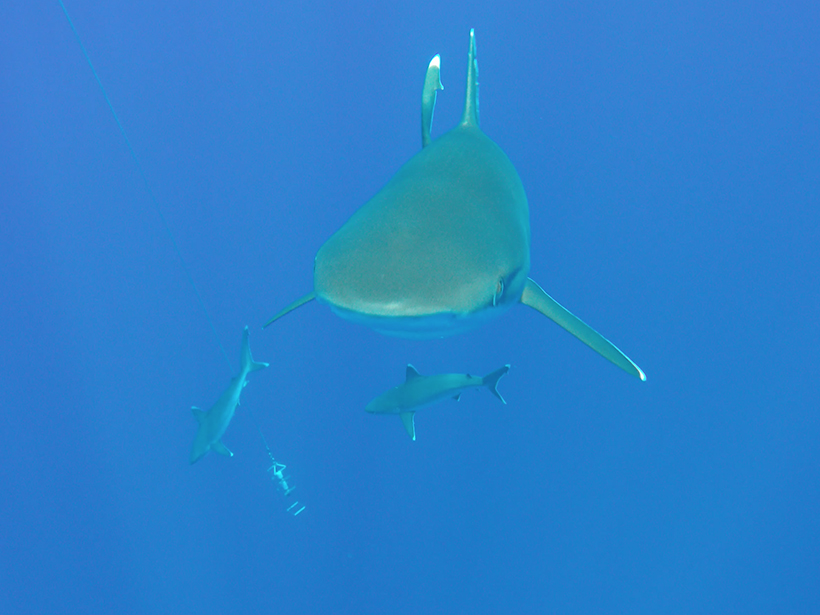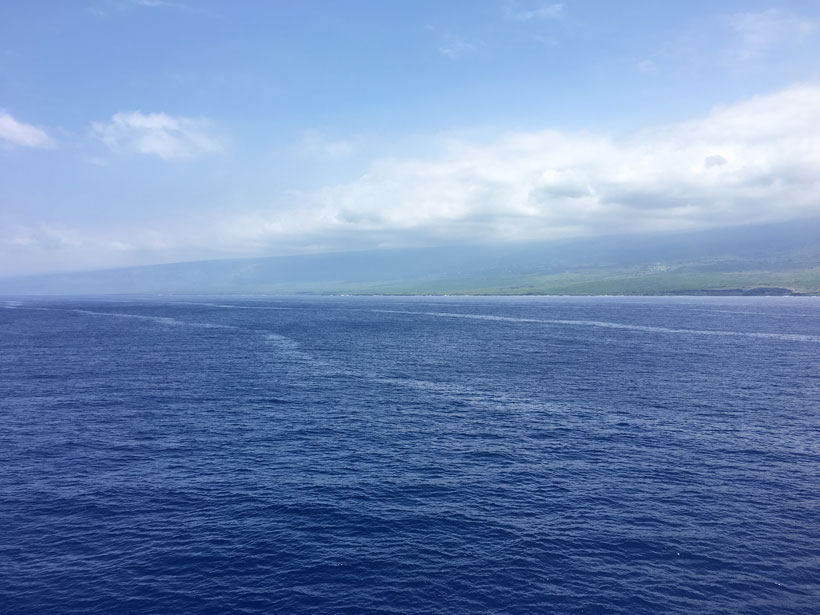A new interactive tool is helping residents understand how their lands and homes are at risk.
Ocean Sciences Meeting
Mapping Sinking Land for Tribal Resilience in Louisiana
The Grand Caillou/Dulac Band of Biloxi Chitimacha Choctaw Tribe has been losing land to the sea, which could hamper efforts to gain federal recognition.
Una Guerra Nuclear Podría Generar un “Niño Nuclear”
Una sacudida al sistema climático provista por una guerra nuclear podría provocar un fenómeno de el Niño como nunca habíamos visto.
Snapping Shrimp Pump Up the Volume in Warmer Water
As the ocean warms because of climate change, the louder din could mask other marine animals’ calls used to navigate, forage, and find mates.
The Ecological Costs of Removing California’s Offshore Oil Rigs
Offshore oil- and gas-drilling platforms are rich habitats for fish, and removing them completely would result in a loss of over 95% of fish biomass, new research has revealed.
Nuclear War Would Spawn a “Nuclear” El Niño
A jolt to the climate system provided by nuclear war could spur an El Niño like we’ve never seen before.
Could Wildfire Ash Feed the Ocean’s Tiniest Life-Forms?
Ash falling on the ocean after a wildfire could fuel plankton growth.
Submarine Canyons Breed Megawaves in Japan
The canyons act like a prism, focusing waves into mammoths of destruction.
Nutrient-Rich Water Around Seamounts Lures Top Predators
At an Indian Ocean marine refuge, tides drive cold water laden with nutrients onto the tops of underwater mountains, where it sustains a long food chain that culminates in sharks, tuna, and seabirds.
Calm Waters off Hawaii Harbor a “Nursery” of Sea Life
Ocean slicks—naturally occurring bands of smooth water—are home to an astounding diversity of fish larvae and other marine life, researchers show.


